I’m going to hold the unpopular on SO Selenium tag opinion that an XPath selector is preferable to a CSS selector in the long run.
This long post has two sections - first I'll put a back-of-the-napkin proof the performance difference between the two is 0.1-0.3 milliseconds (yes; that's 100 microseconds), and then I'll share my opinion why XPath is more powerful.
Performance difference
Let's first tackle "the elephant in the room" – that XPath is slower than CSS.
With the current CPU power (read: anything x86 produced since 2013), even on BrowserStack, Sauce Labs, and AWS VMs, and the development of the browsers (read: all the popular ones in the last five years) that is hardly the case.
The browser's engines have developed, the support of XPath is uniform, and Internet Explorer is out of the picture (hopefully for most of us). This comparison in the other answer is being cited all over the place, but it is very contextual – how many are running – or care about – automation against Internet Explorer 8?
If there is a difference, it is in a fraction of a millisecond.
Yet, most higher-level frameworks add at least 1 ms of overhead over the raw selenium call anyway (wrappers, handlers, state storing, etc.); my personal weapon of choice – Robot Framework – adds at least 2 ms, which I am more than happy to sacrifice for what it provides. A network round trip from an AWS US-East-1 to BrowserStack's hub is usually 11 milliseconds.
So with remote browsers, if there is a difference between XPath and CSS, it is overshadowed by everything else, in orders of magnitude.
The measurements
There are not that many public comparisons (I've really seen only the cited one), so – here's a rough single-case, dummy and simple one.
It will locate an element by the two strategies X times, and compare the average time for that.
The target – BrowserStack's landing page, and its "Sign Up" button; a screenshot of the HTML content as writing this post:

Here's the test code (Python):
from selenium import webdriver
import timeit
if __name__ == '__main__':
xpath_locator = '//div[@class="button-section col-xs-12 row"]'
css_locator = 'div.button-section.col-xs-12.row'
repetitions = 1000
driver = webdriver.Chrome()
driver.get('https://www.browserstack.com/')
css_time = timeit.timeit("driver.find_element_by_css_selector(css_locator)",
number=repetitions, globals=globals())
xpath_time = timeit.timeit('driver.find_element_by_xpath(xpath_locator)',
number=repetitions, globals=globals())
driver.quit()
print("CSS total time {} repeats: {:.2f} s, per find: {:.2f} ms".
format(repetitions, css_time, (css_time/repetitions)*1000))
print("XPATH total time for {} repeats: {:.2f} s, per find: {:.2f} ms".
format(repetitions, xpath_time, (xpath_time/repetitions)*1000))
For those not familiar with Python – it opens the page, and finds the element – first with the CSS locator, then with the XPath locator; the find operation is repeated 1,000 times. The output is the total time in seconds for the 1,000 repetitions, and average time for one find in milliseconds.
The locators are:
- for XPath – "a div element having this exact class value, somewhere in the DOM";
- the CSS is similar – "a div element with this class, somewhere in the DOM".
It is deliberately chosen not to be over-tuned; also, the class selector is cited for the CSS as "the second fastest after an id".
The environment – Chrome v66.0.3359.139, ChromeDriver v2.38, CPU: ULV Core M-5Y10 usually running at 1.5 GHz (yes, a "word-processing" one, not even a regular Core i7 beast).
Here's the output:
CSS total time 1000 repeats: 8.84 s, per find: 8.84 ms
XPath total time for 1000 repeats: 8.52 s, per find: 8.52 ms
Obviously, the per find timings are pretty close; the difference is 0.32 milliseconds. Don't jump "the XPath selector is faster" – sometimes it is, but sometimes it's CSS.
Let's try with another set of locators. It is a tiny-bit more complicated—an attribute having a substring (common approach at least for me, going after an element's class when a part of it bears functional meaning):
xpath_locator = '//div[contains(@class, "button-section")]'
css_locator = 'div[class~=button-section]'
The two locators are again semantically the same – "find a div element having in its class attribute this substring".
Here are the results:
CSS total time 1000 repeats: 8.60 s, per find: 8.60 ms
XPath total time for 1000 repeats: 8.75 s, per find: 8.75 ms
A difference of 0.15 ms.
As an exercise—the same test as done in the linked blog in the comments/other answer—the test page is public, and so is the testing code.
They are doing a couple of things in the code - clicking on a column to sort by it, then getting the values, and checking the UI sort is correct.
I'll cut it - just get the locators, after all - this is the root test, right?
The same code as above, with these changes in:
css_locator = '#table2 tbody .dues'
xpath_locator = "//table[@id='table2']//tr/td[contains(@class,'dues')]"
And here is the outcome:
CSS total time 1000 repeats: 8.24 s, per find: 8.24 ms
XPath total time for 1000 repeats: 8.45 s, per find: 8.45 ms
A difference of 0.2 milliseconds.
The "Finding Elements By Traversing":
css_locator = '#table1 tbody tr td:nth-of-type(4)'
xpath_locator = "//table[@id='table1']//tr/td[4]"
The result:
CSS total time 1000 repeats: 9.29 s, per find: 9.29 ms
XPath total time for 1000 repeats: 8.79 s, per find: 8.79 ms
This time it is 0.5 ms (in reverse, XPath turned out "faster" here).
So five years later (better browsers engines) and focusing only on the locators performance (no actions like sorting in the UI, etc), the same testbed - there is practically no difference between CSS and XPath.
So, out of XPath and CSS, which of the two to choose for performance? The answer is simple – choose locating by id.
Long story short, if the id of an element is unique (as it's supposed to be according to the specifications), its value plays an important role in the browser's internal representation of the DOM, and thus is usually the fastest.
Yet, unique and constant (e.g. not auto-generated) ids are not always available, which brings us to "why XPath if there's CSS?"
The XPath advantage
With the performance out of the picture, why do I think XPath is better? Simple – versatility, and power.
XPath is a language developed for working with XML documents; as such, it allows for much more powerful constructs than CSS.
For example, navigation in every direction in the tree—find an element, then go to its grandparent and search for a child of it having certain properties.
It allows embedded boolean conditions—cond1 and not(cond2 or not(cond3 and cond4)); embedded selectors —"find a div having these children with these attributes, and then navigate according to it".
XPath allows searching based on a node's value (its text)—however frowned upon this practice is. It does come in handy especially in badly structured documents (no definite attributes to step on, like dynamic ids and classes - locate the element by its text content).
The stepping in CSS is definitely easier—one can start writing selectors in a matter of minutes; but after a couple of days of usage, the power and possibilities XPath has quickly overcomes CSS.
And purely subjective – a complex CSS expression is much harder to read than a complex XPath expression.
Outro ;)
Finally, again very subjective - which one should we chose?
IMO, there isn’t any right or wrong choice—they are different solutions to the same problem, and whatever is more suitable for the job should be picked.
Being "a fan" of XPath I'm not shy to use in my projects a mix of both - heck, sometimes it is much faster to just throw a CSS one, if I know it will do the work just fine.







